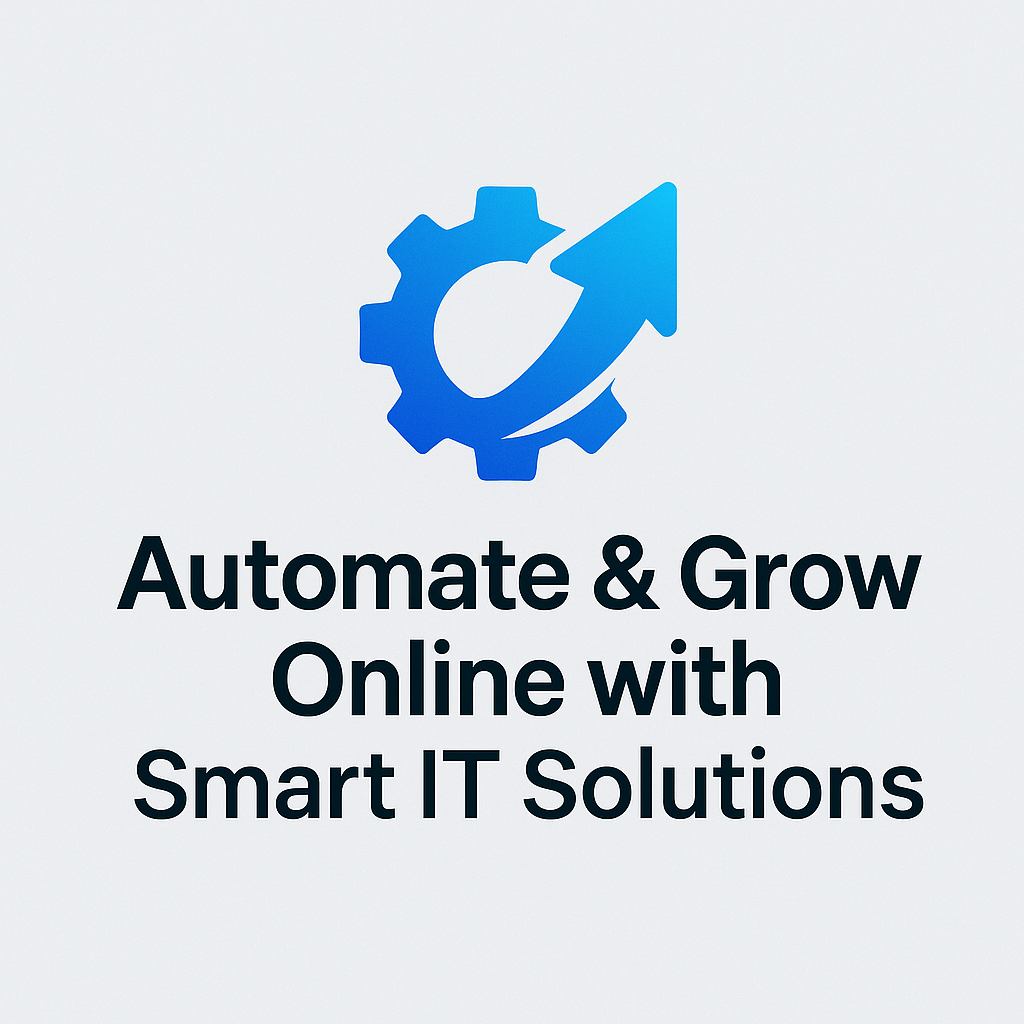For an industry that encourages and rewards learning and thinking differently, it’s disappointing that the tech world continues to lag in incorporating neurodivergent perspectives into product design and development. When you consider that one in five people have learning and thinking differences, omitting their perspectives – particularly in AI development – is not only problematic, but also limiting. How can AI scale its impact if those creating it overlook the 70 million people in the US who learn and think differently?
This was one of my takeaways from the inaugural conference of the International Association for Safe and Ethical AI, which I attended last month. Experts in academia, civil society, industry, media, and government discussed and debated the latest developments in AI safety and ethics. But the value of neurodiversity in design and development was not on the agenda.
This worries me for two reasons. First, it means that AI models are being brought to market without issues around bias, fairness, and equity having been considered. And second, global experts have not accounted for the long-term consequences of excluding millions of perspectives from a technology that’s being developed at an unprecedented rate.
As the conversation around inclusivity and diversity evolves, it’s vital that tech experts understand the value of authentic intelligence. That means training and developing tech by people with a broad range of experiences, including diversity in how they think and process information, to authentically account for all user experiences. AI should account for neurodivergence. For that to happen, it must be built by neurodivergent minds. And you have to start at the development stage.
AI Accessibility Is a Necessity
While AI has come a long way, greater accessibility through the development of ethical and inclusive AI has not. Big tech has made strides with mobile accessibility offerings like Apple’s Live Speech and Eye Tracking as well as Google’s Guided Frame and Lookout. This is still widely regarded as niche, but it shouldn’t be.
As a nonprofit that supports the millions of people in the US who learn and think differently, Understood.org designs and develops resources that help all minds, while prioritizing inputs from experts and the one-third of our workforce who identify as neurodivergent. We’re constantly evolving with the goal of making our vast content library more accessible for everyone. For instance, our AI-powered assistant now includes a voice-to-text feature for asking questions. It generates clear, concise responses written at an eighth grade reading level.
All organizations must prioritize and respect that brains are wired differently and tap into the unique and diverse perspectives that they bring to the table. Here’s how to do that:
-
Start with cognitively diverse data and teams. You know the popular phrase “garbage in, garbage out”? That’s where authenticity can play a role. Ensuring that datasets are trustworthy, inclusive, and unbiased will have a valuable ripple: You’ll have a wider range of use cases and you’ll be able to better identify risks. That’s a win for all users.
-
Understand that a diverse and inclusive culture leads to enhanced productivity, innovation, and positive financial outcomes. According to Accenture, the economic output of the US could be improved by almost $25 billion if 1% more persons with disabilities entered the workforce. What’s more, Gartner found that 75% of organizations whose decision-making teams reflect a diverse and inclusive culture – with a particular emphasis on cognitive diversity – see enhanced productivity, innovation, and positive financial outcomes. Companies can and should hire from the growing diverse talent pool.
-
Use AI to boost confidence and help people thrive. An EY report found that because of generative AI, 65% of respondents felt confident about their work. A slightly smaller percentage (61%) said they were relieved that AI could help remove distressing obstacles at work. The same report found that many neurodivergent employees (85%) think generative AI creates a more inclusive workplace. The time for companies to level the playing field is long overdue. In 2025, it’s not just about providing employees with the tools they need to perform “simple” tasks like being more productive. It’s about designing tools in a way that helps employees thrive in all aspects of their lives.
AI is changing the way we live and work. Its evolution is faster than any of us could have predicted. As we get closer to the time of artificial general intelligence (AGI) – which experts predict we’ll achieve by 2027 – we need to be strategic and smart about shaping the AI landscape to benefit all. One thing is for certain: AI will never serve all unless it is developed by all. Let’s work together today so it’s possible tomorrow. The millions of Americans who learn and think differently deserve that.


